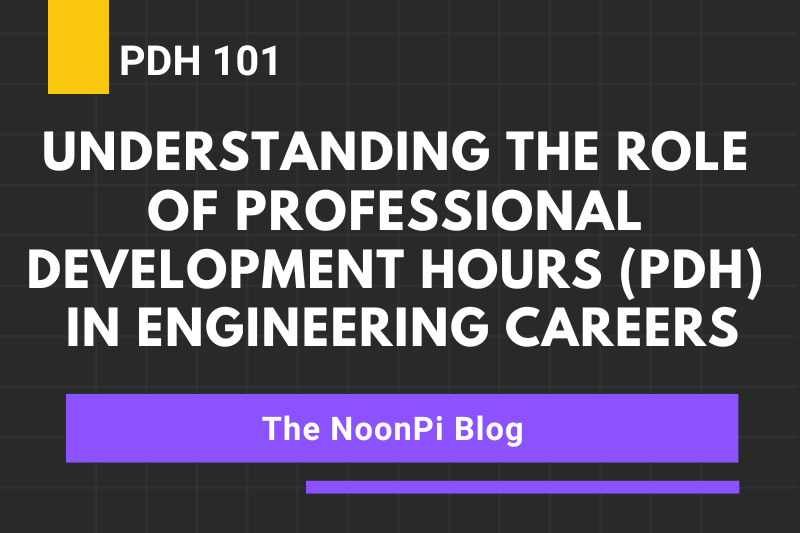The rise of online education has greatly impacted the continuing education sphere for many professions, and engineering is no exception. With an ever-evolving landscape of technological advancements, engineers are required to stay updated and relevant, which is where Professional Development Hours (PDH) come into play. This article delves into how online courses, webinars, and digital conferences are revolutionizing the acquisition of PDH, making it easier and more efficient for engineers to continue their professional development.
The Digital Transformation of PDH
Traditionally, acquiring PDH involved attending in-person seminars, workshops, or classes—a time-consuming endeavor that could be challenging for busy professionals. However, the advent of online education has drastically changed this narrative. Today, engineers can earn PDH through various online avenues such as structured courses and webinars, a shift that offers a more flexible and accessible approach to continuing education.
The Benefits of Online PDH
- Flexibility
One of the biggest advantages of online learning is the flexibility it offers. Engineers can learn at their own pace, at a time that suits them best, without disrupting their work schedules. Whether it’s a live webinar or a pre-recorded course, learners have the freedom to access the content when and where they want. - Accessibility
Online PDH courses can be accessed from anywhere, which is particularly beneficial for engineers residing in remote locations or those who travel frequently for work. As long as there’s a stable internet connection, PDH can be accrued irrespective of geographical boundaries. - Diversity of Topics
Online platforms provide a wide range of courses covering various engineering disciplines. This vast array of topics gives engineers the opportunity to diversify their skills, delve deeper into their specializations, or explore new areas of interest. - Cost-Effective
Online PDH often proves to be more cost-effective than traditional methods. Engineers save on costs related to travel, accommodation, and time off work. Moreover, many online courses and webinars are free or comparatively less expensive than in-person seminars.
Evaluating the Credibility of Online PDH Sources
While online education offers numerous advantages, it’s essential to ensure the source’s credibility to avoid investing time and energy in courses that are poor quality or that could be rejected by your state licensing board. Here are some tips for assessing the reliability of online PDH providers:
- Board Approval
Always check if the course provider is approved in the state(s) where you are licensed. Board approval ensures that the course meets certain educational standards and will be accepted towards your PDH requirements. - Content Quality
Evaluate the course content for relevance, depth, and practical applicability. Look at the course outline, learning objectives, and, if available, previews or demos of the course content. Determine whether the PDH provider offers original course content or just uses government studies and reports that are available in the public domain. - Instructor’s Expertise
Consider the qualifications and expertise of the instructor. An experienced instructor with a strong background in the course topic will likely deliver high-quality content and bring valuable insights. - Quantity of Course Instructors
Confirm whether the PDH provider has a sufficient number of course authors for the size of the course library. All the state boards require course authors to be qualified in the subject matter being taught. Be wary of a provider that has only a handful of course authors but offers hundreds of courses covering multiple engineering disciplines. - Reviews and Feedback
Check the reviews and feedback from previous learners. They can provide valuable information about the course quality, user experience, and the value it brought to their professional development.
The rise of online education has undeniably transformed the way engineers earn PDH, offering a more flexible, accessible, and diverse learning landscape. As the world continues to embrace digital learning, it’s crucial for engineers to leverage these resources, ensuring they stay relevant and updated in their profession while judiciously choosing credible sources for their PDH. The future of engineering education is here, and it’s online.









Leave A Comment